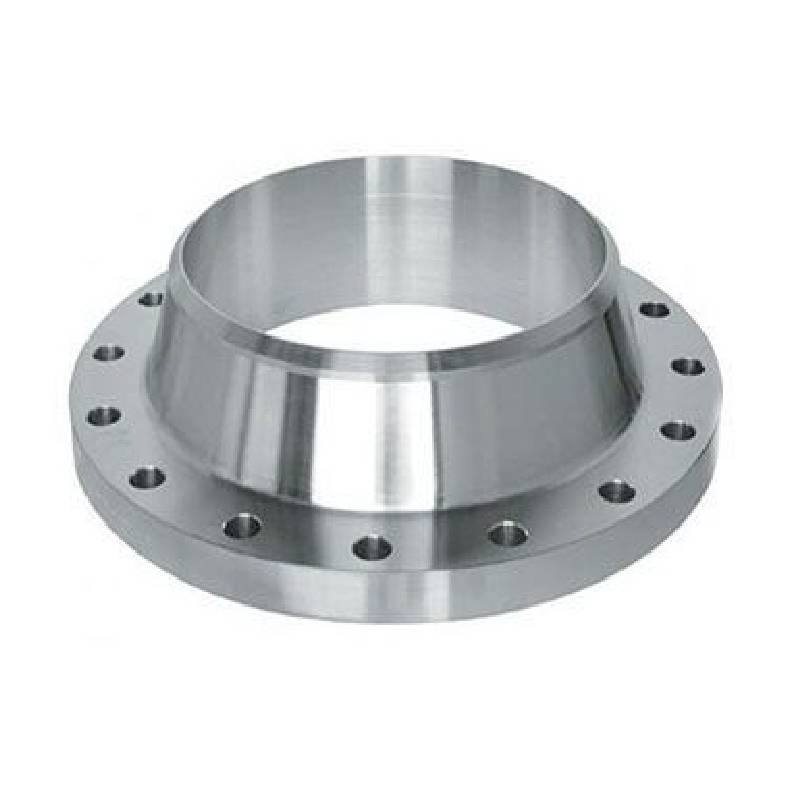-
Cangzhou Yulong Steel Co., Ltd.
-
Phone:
+86 13303177267 -
Email:
admin@ylsteelfittings.com
- English
- Arabic
- Italian
- Spanish
- Portuguese
- German
- kazakh
- Persian
- Greek
- French
- Russian
- Polish
- Thai
- Indonesian
- Vietnamese
- Zulu
- Korean
- Uzbek
- Hindi
- Serbian
- Malay
- Ukrainian
- Gujarati
- Haitian Creole
- hausa
- hawaiian
- Hebrew
- Miao
- Hungarian
- Icelandic
- igbo
- irish
- Japanese
- Javanese
- Kannada
- Khmer
- Rwandese
- Afrikaans
- Albanian
- Amharic
- Armenian
- Azerbaijani
- Basque
- Belarusian
- Bengali
- Bosnian
- Bulgarian
- Catalan
- Cebuano
- China
- China (Taiwan)
- Corsican
- Croatian
- Czech
- Danish
- Esperanto
- Estonian
- Finnish
- Frisian
- Galician
- Georgian
- Kurdish
- Kyrgyz
- Lao
- Latin
- Latvian
- Lithuanian
- Luxembourgish
- Macedonian
- Malgashi
- Malayalam
- Maltese
- Maori
- Marathi
- Mongolian
- Myanmar
- Nepali
- Norwegian
- Norwegian
- Occitan
- Pashto
- Dutch
- Punjabi
- Romanian
- Samoan
- Scottish Gaelic
- Sesotho
- Shona
- Sindhi
- Sinhala
- Slovak
- Slovenian
- Somali
- Sundanese
- Swahili
- Swedish
- Tagalog
- Tajik
- Tamil
- Tatar
- Telugu
- Turkish
- Turkmen
- Urdu
- Uighur
- Welsh
- Bantu
- Yiddish
- Yoruba

Nov . 03, 2024 16:06 Back to list
but weld fitting
Understanding But Weld Fittings A Key Component in Piping Systems
But weld fittings play a crucial role in the assembly and efficiency of various piping systems, commonly used in industries such as oil and gas, water supply, and chemical processing. These fittings are designed to facilitate seamless connections between pipes, ensuring structural integrity and minimizing the risk of leaks and failures.
What Are But Weld Fittings?
But weld fittings are specifically designed to be welded directly onto the ends of pipes. This type of fitting features a beveled edge that enables a strong weld joint to be formed when heat is applied. This connection style is favored in situations where high pressure and extreme conditions are prevalent, as it results in a continuous metal structure that maintains the strength and durability of the piping system.
Advantages of Using But Weld Fittings
1. Strength and Durability The welded joint formed by but weld fittings is extremely strong and durable. This is especially important in high-pressure applications where the integrity of the connection is critical to the overall safety and efficiency of the system.
2. Smooth Flow The beveled edge of but weld fittings allows for a smooth transition between pipes, minimizing turbulence and ensuring a better flow of liquids or gases. This is particularly beneficial in applications where fluid dynamics are crucial.
3. Versatility These fittings are compatible with various types of materials, including carbon steel, stainless steel, and other alloys. This versatility enables their use in a wide range of industries, catering to diverse operational needs.
but weld fitting

4. Reduced Maintenance The robust nature of but weld fittings minimizes the likelihood of leaks and failures, leading to reduced maintenance costs over time. By providing a reliable connection, they contribute to increased system longevity.
Installation Considerations
While but weld fittings offer numerous benefits, proper installation is essential to ensure their effectiveness. The welding process must be performed by skilled professionals who can maintain the correct temperature and pressure to achieve a strong, leak-proof joint. Additionally, pre-heating the materials may be necessary in some cases to prevent cracking and enhance weld quality.
Common Applications
But weld fittings are commonly found in various applications, including
- Oil and Gas Pipelines Essential for transporting crude oil and natural gas over long distances, where pressure and environmental conditions are demanding. - Water Treatment Plants Used in the infrastructure for efficiently transporting water through treatment processes. - Chemical Processing Critical for handling corrosive materials safely and effectively, ensuring that the integrity of the connection is maintained.
Conclusion
In conclusion, but weld fittings are an integral component of modern piping systems, known for their strength, durability, and versatility. Their ability to provide secure and efficient connections in high-pressure environments makes them invaluable across numerous industries. As technology advances, the designs and materials of but weld fittings continue to evolve, further enhancing their performance and application potential. Understanding these fittings is essential for anyone involved in engineering, maintenance, or the operation of piping systems.
Latest news
-
ANSI 150P SS304 SO FLANGE
NewsFeb.14,2025
-
ASTM A333GR6 STEEL PIPE
NewsJan.20,2025
-
ANSI B16.5 WELDING NECK FLANGE
NewsJan.15,2026
-
ANSI B16.5 SLIP-ON FLANGE
NewsApr.19,2024
-
SABS 1123 FLANGE
NewsJan.15,2025
-
DIN86044 PLATE FLANGE
NewsApr.19,2024
-
DIN2527 BLIND FLANGE
NewsApr.12,2024
-
JIS B2311 Butt-Welding Fittings LR/SR 45°/90° /180°Seamless/Weld
NewsApr.23,2024











